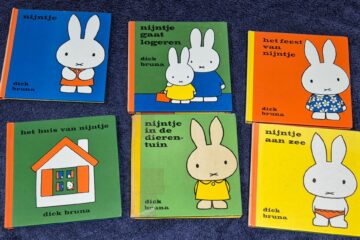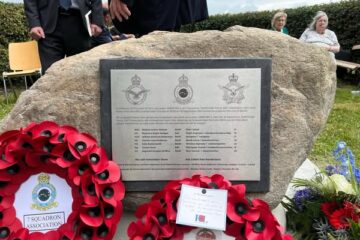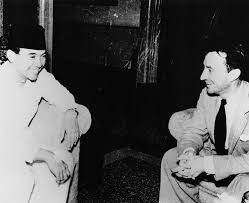There is an episode in the letters from Dutch-Australian painter Jan Hendrik Scheltema (JHS) – who we discuss extensively elsewhere – where he wrote having been asked by the Dutch Consul to become a committee member < with some title >, looking after ART to help import Dutch Art, including some by Jozef Israëls (whom he knew was far more successful and wealthier than he would ever be), to Australia (via a Dutch dealer of the name Scholten).
Consul-General Mr Bosschart was the co-founder of the Netherlands-Australia Chamber of Commerce, which still exists.
In the late 1880’s- early 1890s JHS elaborately wrote about the massive imports of European art by Hermanus Koekkoek’s London firm. In academic Australian art literature the activities of Hermanus Koekkoek are also repeatedly covered.( there is a suggestion that rich Australians bought expensive top European art, but when they had to sell because of economic downturns they heavily lost on it). The Koekkoek family is a 4 generation dynasty of Dutch Painters, the most famous one of them was Barend Koekkoek, known as ” The father of Dutch romantic landscape painting”.
Recalling how Hermanus Koekkoek jr. had at that earlier period imported hundreds and hundreds of European paintings to Melbourne with his London art business, and auctioned them there and what impact that had on the local painters…. he declined the offer from the Dutch Consul! He clearly already was and felt and was identified as being a local painter here being on the side of the local painters.
JHS had earlier served usefully on a committee/fund of the Consul to assist Dutchmen here who were in need because of mishaps, sickness, etc. But (what he thought was) repeating the ‘Koekkoek experience, was ‘one bridge too far’ for him.
He argued Dutch candles and BOLS etc. found their way to the Australian shores without help of the Consul and his committees, so why does art need it? Jozef Israëls sold many paintings in Schotland where he was very popular with some wealthy collectors.


